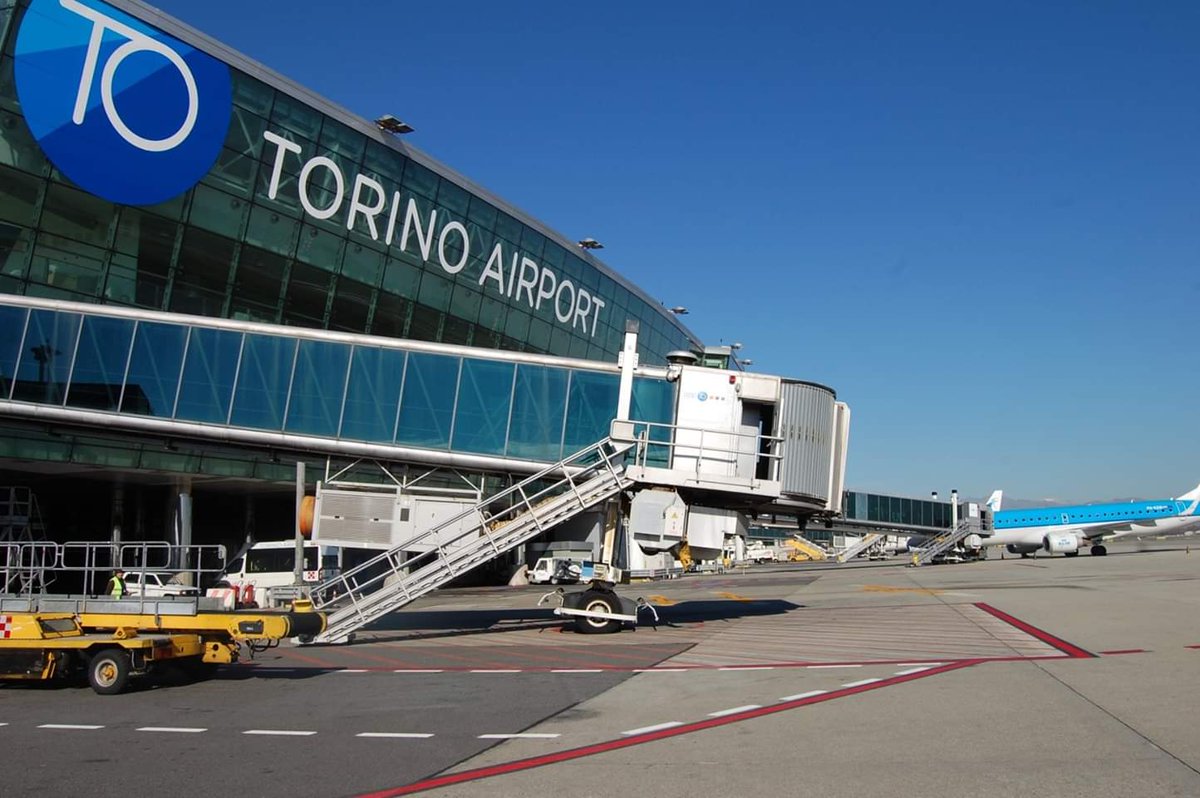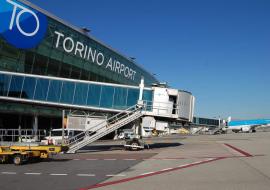The Heat Is on for the Italian Airports

By Massimo Terracina
The Italian airports are on red alert. That’s the result of the digital event on mobility called “Italy 2021 - Competences to Restart the Future”, promoted by Pwc-Italia, which was attended by the general secretary of Assaeroporti, Valentina Lener and the minister for Infrastructure and transport, Paola De Micheli.
“On the air front – the minister stated – the government is setting a profound reform that will affect several sectors of the airport business. There will be the arrival of Newco Alitalia, (a very disputed item… a long and painful history, always drawing public money for nothing, hoping this one will be “the one”…) but also the reform concerning the ENAC (National Organization of Civil Aviation) regulation and the demanding new airport plan. But you have to decide coldly, without getting carried away with emotionality.”
De Micheli also announced that a decree will be published soon which will provide "300 million spending authorizations for the regions on the local public transport front".
According to the reliability of the current executive board, it seems pretty far. Precisely on the airport front, Valentina Lener has relaunched the pressing request for particular attention for airports.
“If Alitalia is a “priority”, there is another one for the Italian airport system which is going to close the 2020 annual balance with no more than 60 million passengers, compared to over 200 million expected by pre-Covid forecasts. Concrete support is needed because for months traveling has been at a very low rate, producing a collapse of operations and in turnovers. If immediate actions are not taken in favor of airport companies, handling and other related sectors, some minor airports will be forced to close operations and even large airports will need to rethink a serious aid plan to support employment. This must happen before march 2021, when the layoff period for thousands of workers in the sector will end, opening up the door to the possibility of firing.”
Also on the collective mobility front, it is necessary to take action quickly and wisely: the sharp reduction in volumes of about one third in the case of local public transport and to an even lower level for medium-long distances, requires radical choices and diversification in the travel arrangements.
Before the pandemic, passenger flows on the collective mobility system amounted to approximately 15 million journeys per day on local public transport and almost 3 million on the medium- and long-distance mobility system (rail, air and road).
Of course, the future will open up new scenarios, also in consideration of final users demands. According to Doxa (a very well-known firm of research and market analysis) survey for the Transport Regulatory Authority, over 70% of the interviewees declared that they consider "much less safe" or "less safe" "compared to the pre-Covid-19 situation, all collective means of transport. And the perception of insecurity is almost that strong also for carpooling, car sharing and taxi services.
At the end of the digital forum, it was underlined, once again, that to accelerate the recovery of consumer confidence, active mobility management policies we need, as well as the strengthening of the local transport system aimed at maximizing its capacity, resilience, controllability and, above all, completeness, quality and punctuality of information to the public; all with the development of advanced digitization solutions.













